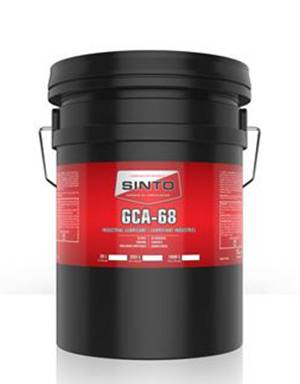12 月 . 04, 2024 16:32 Back to list
water valve types
Understanding Water Valve Types
Water valves are essential components of any plumbing system, playing a crucial role in regulating the flow and pressure of water. They come in various types, each designed to perform specific functions, ensuring the efficient management of water supply in residential, commercial, and industrial applications. In this article, we will explore several common types of water valves, their functionalities, and their applications to help you understand their significance better.
1. Gate Valves
Gate valves are often used in situations where a straight-line flow of water is necessary. They are designed to either fully open or fully close the flow of water, making them ideal for on/off control. The design of gate valves includes a wedge-shaped gate that moves up or down to allow or restrict the passage of water. While gate valves offer minimal resistance to flow when fully open, they are not suitable for throttling applications as doing so can cause significant erosion and wear on the gate.
2. Globe Valves
Globe valves are known for their excellent throttling capabilities. They have a spherical body design that allows for a more controlled flow of water compared to gate valves. The disc of a globe valve is threaded onto a stem and can move up and down to adjust the flow rate. This type of valve is typically used in applications where flow control is crucial, such as in heating and cooling systems, as well as in various industrial processes.
3. Ball Valves
Ball valves are another popular choice for water control. As the name suggests, these valves contain a spherical ball with a hole in the center, which serves as the flow control mechanism. When the ball is rotated a quarter turn, it either allows or blocks water flow. Ball valves are favored for their quick operation and tight sealing properties, making them ideal for both on/off and throttling applications. They are widely used in residential plumbing and industrial systems alike.
water valve types

4. Check Valves
Check valves are designed to prevent backflow in a plumbing system, ensuring that water flows in one direction only. They are crucial in maintaining system integrity and preventing contamination of the water supply. Check valves operate automatically; they open to allow flow in the forward direction and close when there is a reverse flow. They are commonly found in water supply lines, drainage systems, and pumps.
5. Pressure Relief Valves
Pressure relief valves are critical safety devices used to protect plumbing systems from overpressure situations. When the water pressure exceeds a predetermined limit, the valve opens to release excess pressure, preventing potential damage to pipes and fixtures. These valves are used in various applications, including hot water heaters and industrial equipment, where pressure buildup can lead to hazardous conditions.
6. Needle Valves
Needle valves are used for precise flow control in small-diameter piping systems. They feature a slender, tapered needle that allows for a fine adjustment of the flow rate. Needle valves are often used in applications where accuracy is paramount, such as in laboratory equipment and certain processing systems.
Conclusion
Understanding the different types of water valves and their respective applications is essential for effective water management. Each valve type serves a unique purpose, whether it’s controlling flow, preventing backflow, or ensuring system safety. By selecting the appropriate valve for specific needs, users can enhance the efficiency and reliability of their plumbing systems. Whether you are a homeowner, a contractor, or an engineer, having a solid grasp of water valve types will empower you to make informed decisions and maintain optimal water flow in any system.
-
Y Type Strainers: A Comprehensive GuideNewsOct.18,2024
-
Understanding Water Valve Options for Your NeedsNewsOct.18,2024
-
Functions and TypesNewsOct.18,2024
-
An Essential Component for Fluid SystemsNewsOct.18,2024
-
Adjustment and ReplacementNewsOct.18,2024
-
Slow Closing Check Valves: A Key Component in Fluid SystemsNewsOct.08,2024
Related PRODUCTS









